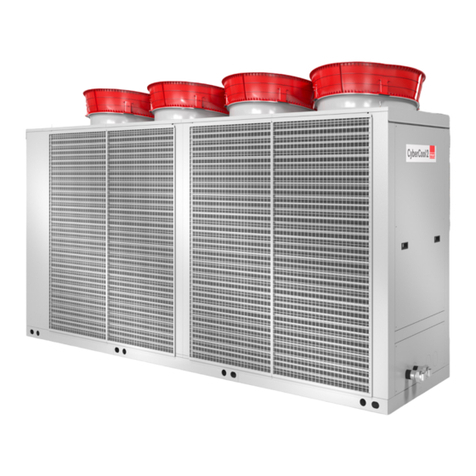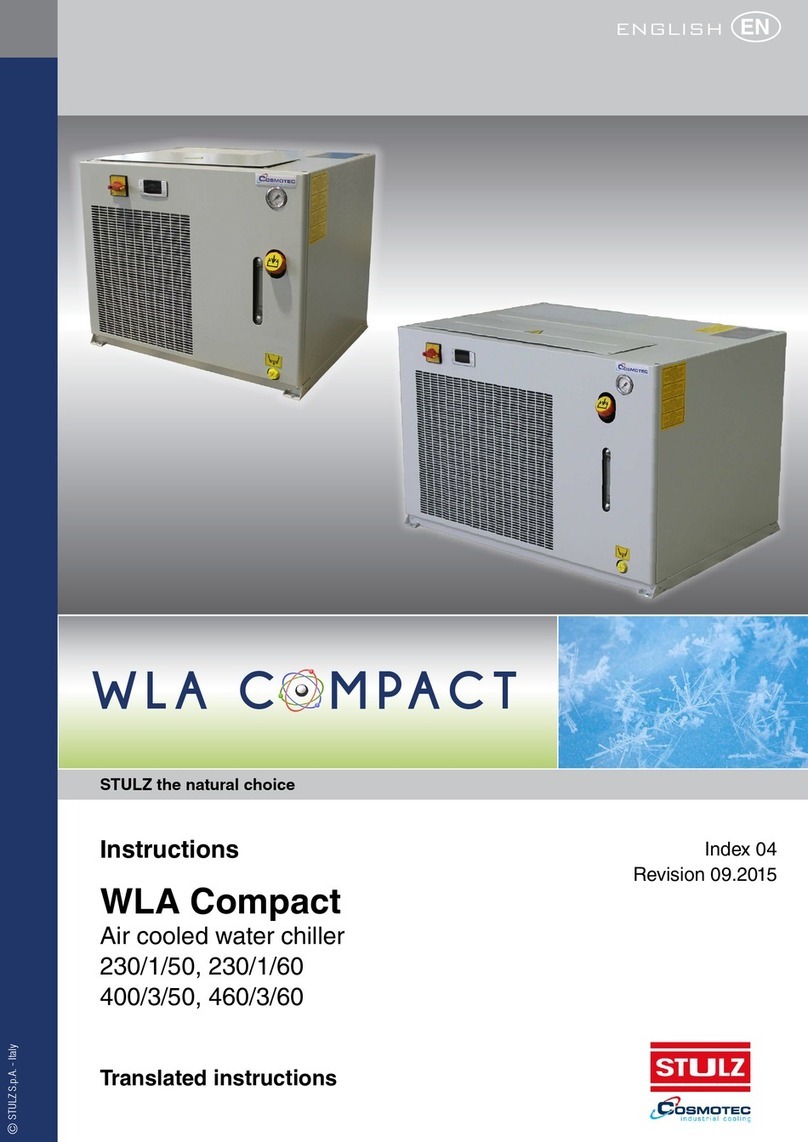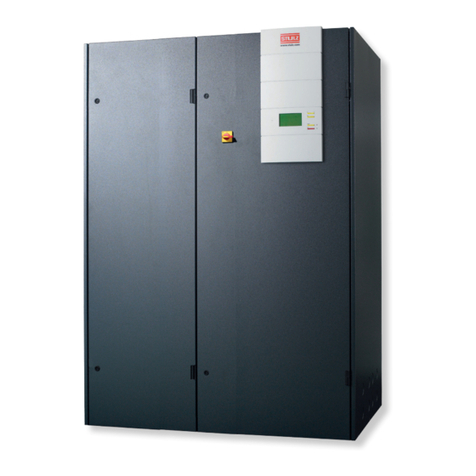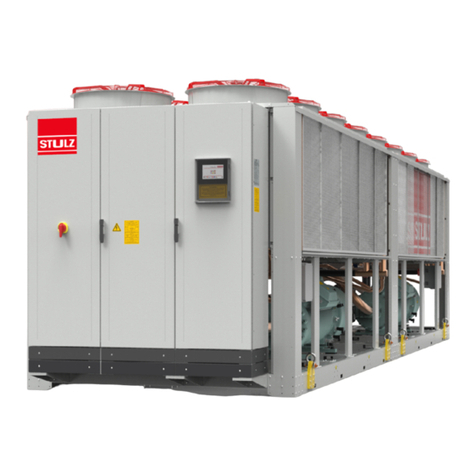
5© STULZ S.p.A. – all rights reserved EN/06.2016/i01
WPA EXPLORER ORIGINAL INSTRUCTIONS
Subjet to change without notice
5.6 Electrical connection data...........................................................................................................51
6. Installation ...........................................................................................52
6.1 Positioning .............................................................................................................................................52
6.1.1 Minimum distance from obstacles or other chillers............................................................................53
6.1.2 Distance of installation of several units......................................................................................................53
6.2 Weight on the supports.................................................................................................................54
6.3 Refrigerant circuit..............................................................................................................................56
6.4 External water circuit ......................................................................................................................56
6.5 Outside temperature sensor......................................................................................................58
6.6 Chilled water connection..............................................................................................................59
6.7 Filling and bleeding air...................................................................................................................59
6.8 Electrical connection.......................................................................................................................60
6.9 Opening the electric cabinet.....................................................................................................61
6.10 Position of the electrical connections..............................................................................61
6.11 Pump control.....................................................................................................................................62
6.11.1 System with external pump .............................................................................................................................62
7. Commisioning......................................................................................63
7.1 Preparation.............................................................................................................................................63
7.2 First-Startup...........................................................................................................................................63
7.2.1 Oil preheating...............................................................................................................................................................64
7.2.2 Commissioning of the chilled water circuit ...............................................................................................64
7.2.3 Commissioning of the refrigerant circuit ....................................................................................................65
8. Maintenance ........................................................................................67
8.1 Safety instructions.............................................................................................................................67
8.1.1 Warning notes...............................................................................................................................................................67
8.2 Maintenance intervals .....................................................................................................................67
8.3 Refrigerant Circuit.............................................................................................................................68
8.3.1 Refrigerant charge....................................................................................................................................................68
8.3.2 Quantity............................................................................................................................................................................69
8.3.3 Tightness of refrigerant circuit..........................................................................................................................69
8.3.4 Purity..................................................................................................................................................................................69
8.3.5 Exchange of filter drier...........................................................................................................................................70
8.3.6 HP switch.........................................................................................................................................................................70
8.3.7 LP switch...........................................................................................................................................................................70
8.3.8 Expansion valve...........................................................................................................................................................71
8.3.9 Compressor....................................................................................................................................................................71
8.4 Air circuit ..................................................................................................................................................72
8.4.1 Condenser.......................................................................................................................................................................72
8.4.2 Condenser Fan.............................................................................................................................................................72
8.4.3 Filter ....................................................................................................................................................................................72
8.5 Water circuit...........................................................................................................................................72
8.5.1 Tightness..........................................................................................................................................................................72
8.5.2 Evaporator.......................................................................................................................................................................73
8.5.3 Differential pressure switch.................................................................................................................................73
8.6 Electric circuit .......................................................................................................................................73
8.6.1 Powerboard....................................................................................................................................................................73
8.7 Unit in general.......................................................................................................................................73
9. Malfunction..........................................................................................74
10. Dismantling and disposal.....................................................................76
11. CE declaration of Conformity ...............................................................77

































